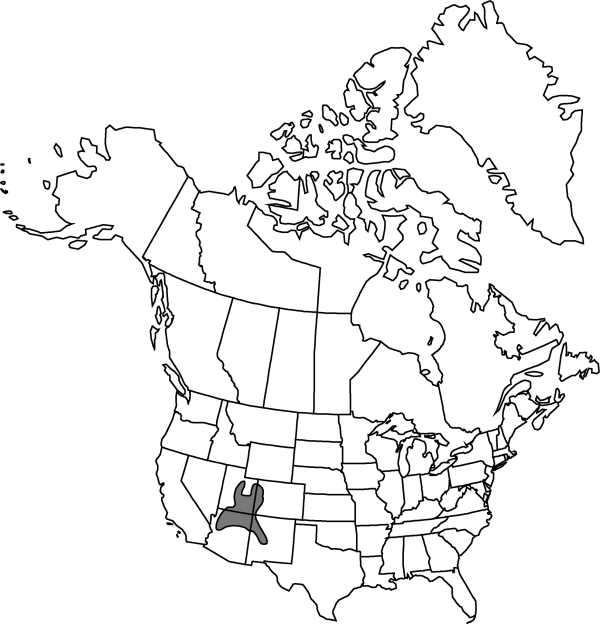Difference between revisions of "Sclerocactus parviflorus"
Bull. Torrey Bot. Club 68: 419, fig. 8. 1941.
FNA>Volume Importer |
FNA>Volume Importer |
||
| Line 90: | Line 90: | ||
|publication year=1941 | |publication year=1941 | ||
|special status= | |special status= | ||
| − | |source xml=https://jpend@bitbucket.org/aafc-mbb/fna-data-curation.git/src/ | + | |source xml=https://jpend@bitbucket.org/aafc-mbb/fna-data-curation.git/src/f6b125a955440c0872999024f038d74684f65921/coarse_grained_fna_xml/V4/V4_377.xml |
|subfamily=Cactaceae subfam. Cactoideae | |subfamily=Cactaceae subfam. Cactoideae | ||
|genus=Sclerocactus | |genus=Sclerocactus | ||
Revision as of 20:00, 24 September 2019
Stems unbranched or branched near base, depressed-spheric, spheric, cylindric, or elongate-cylindric, 4.5–45 × 3.5–14.5 cm; ribs (10–)13(–16), tubercles evident on ribs. Spines frequently obscuring stems; radial spines 8–17 per areole, usually white, sometimes brown or purplish pink, 6–36 mm; central spines (3–)4–6(–8) per areole, 1–5 hooked; abaxial central spine usually purple black, hooked, 15–72 × 0.6–1 mm; lateral spines 2–6 per areole, similar to abaxial, usually shorter, usually not hooked; adaxial central spine usually white (rarely gray, straw colored, pink, or reddish brown), flat to angled or terete; straight (rarely contorted), 17–82(–90) × 0.7–1.5(–3) mm. Flowers funnelform to campanulate, (2–)3–5.7(–7) × 2.5–5.5(–8) cm; outer tepals with greenish or brownish purple midstripes and rose to purple, pink, yellow, or white margins, oblanceolate, 25–50 × 6–10 mm, mucronate, margins entire; inner tepals rose to purple, pink, or yellow (rarely white), oblanceolate, 15–55 × 6–12 mm, margins entire to fringed, apex mucronate; filaments purple, yellow, or green; anthers yellow; ovary papillate, appearing granular. Fruits irregularly dehiscent, green turning reddish pink, 10–30 × 10–15 mm; scales few, membranous fringed. Seeds dark brown to black, 2.5–3.5 × 1.5–3 mm; testa with rounded papillae.
Phenology: Flowering late Apr–May.
Habitat: Sandy, gravelly, or clay hills, mesas, and washes, desert grasslands or saltbush, sagebrush, rabbitbrush, and blackbrush communities, pinyon-juniper woodlands
Elevation: 1000-2100 m
Distribution

Ariz., Colo., N.Mex., Utah.
Discussion
Sclerocactus parviflorus has an extensive range and great morphologic variation. Many named segregates have been proposed (L. D. Benson 1982; K. D. Heil and J. M. Porter 1994; F. Hochstätter 1995b) and some of these clearly merit recognition at the subspecific or varietal level. However, we are not attempting to subdivide this very complex group. Considerable work remains in understanding morphologic diversification within this species.
Selected References
None.